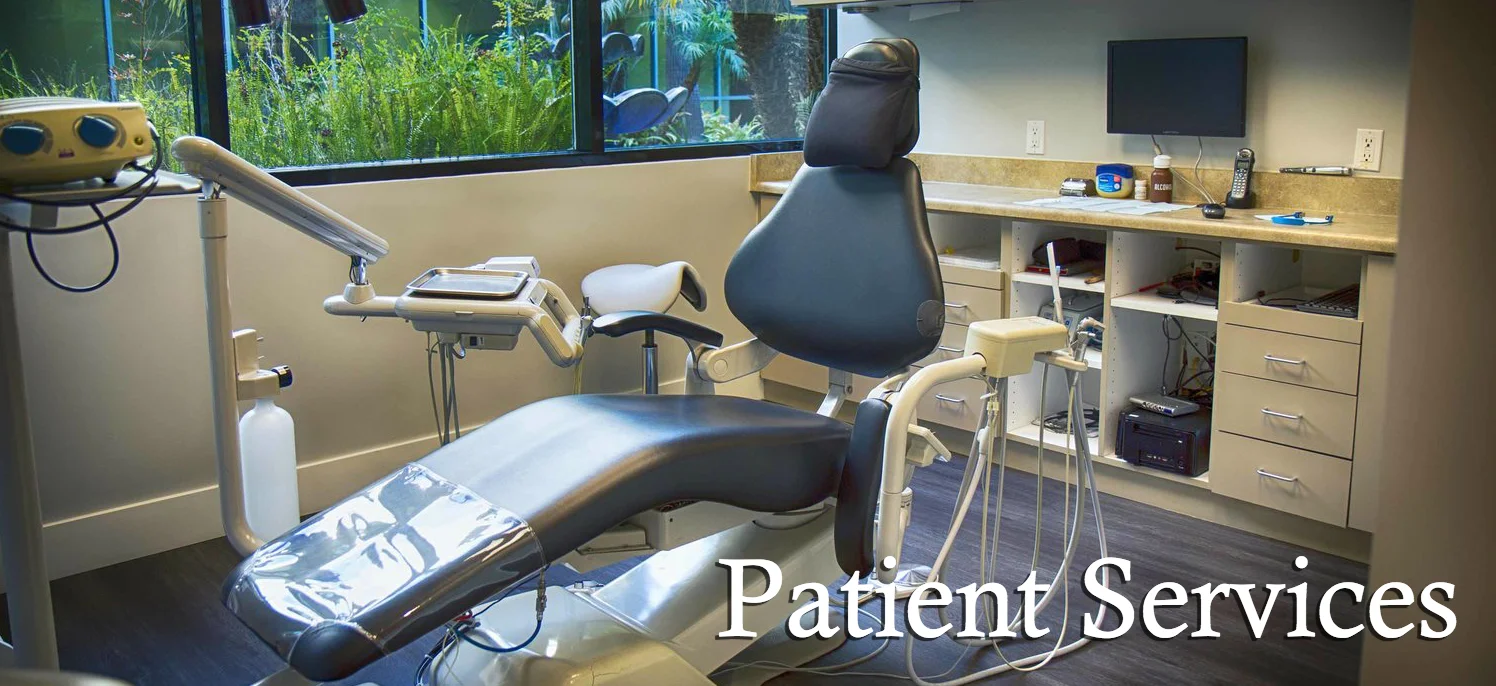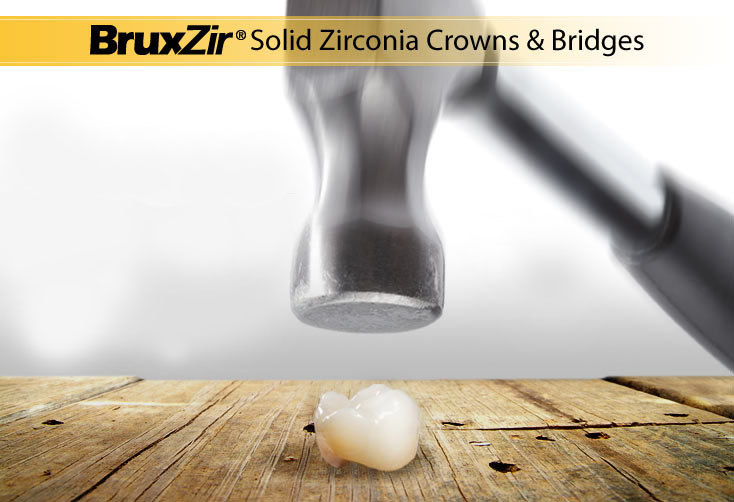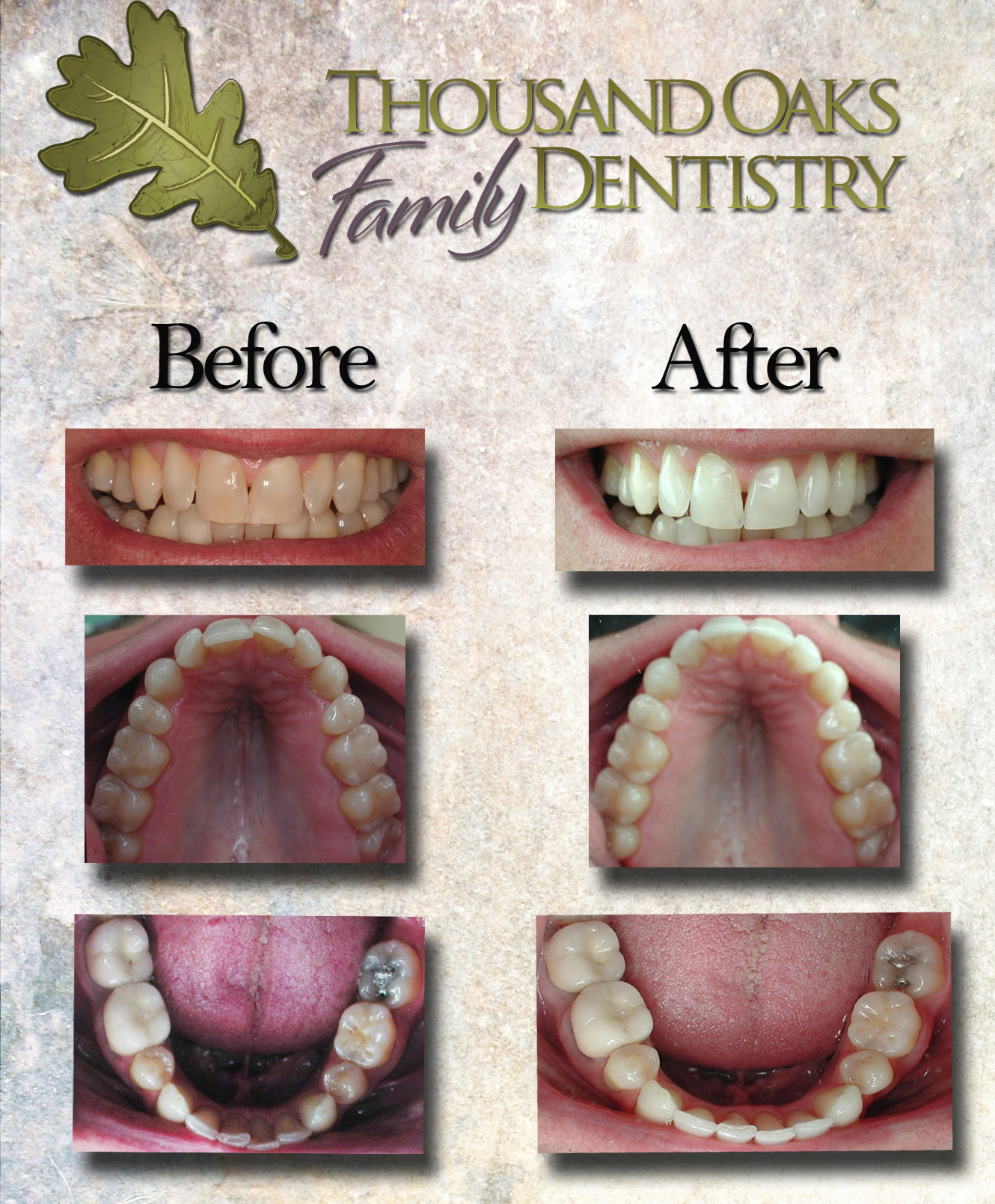Today's patient came to us with complaints of mismatched central incisors. The patient's right incisor had a large composite (tooth colored) filing that had become worn and stained over time. Their left incisor had a crown that was too light and opaque compared to the surrounding teeth. Both of these esthetic problems are very common, as teeth tend to age differently from the materials we use in dentistry. Composite fillings pick up stain and erode more quickly than enamel while crowns do not respond to color changes like surrounding teeth. The result is that restorations in the front of the mouth gradually become more obvious and less natural over time.
Dr. Kari Ann Hong set out to repair this smile by placing a new filling on the left incisor and using an Emax Lithium Disilicate crown on the right. The new restorations add natural coloring, opacity and shape back to the patient's smile. In the before picture, the existing dental work is fairly obvious. The new crown and filling blend naturally and bring harmony back to this smile! If you would like to know more about crowns, fillings or other cosmetic procedures we perform at our office, please give us a call!






















